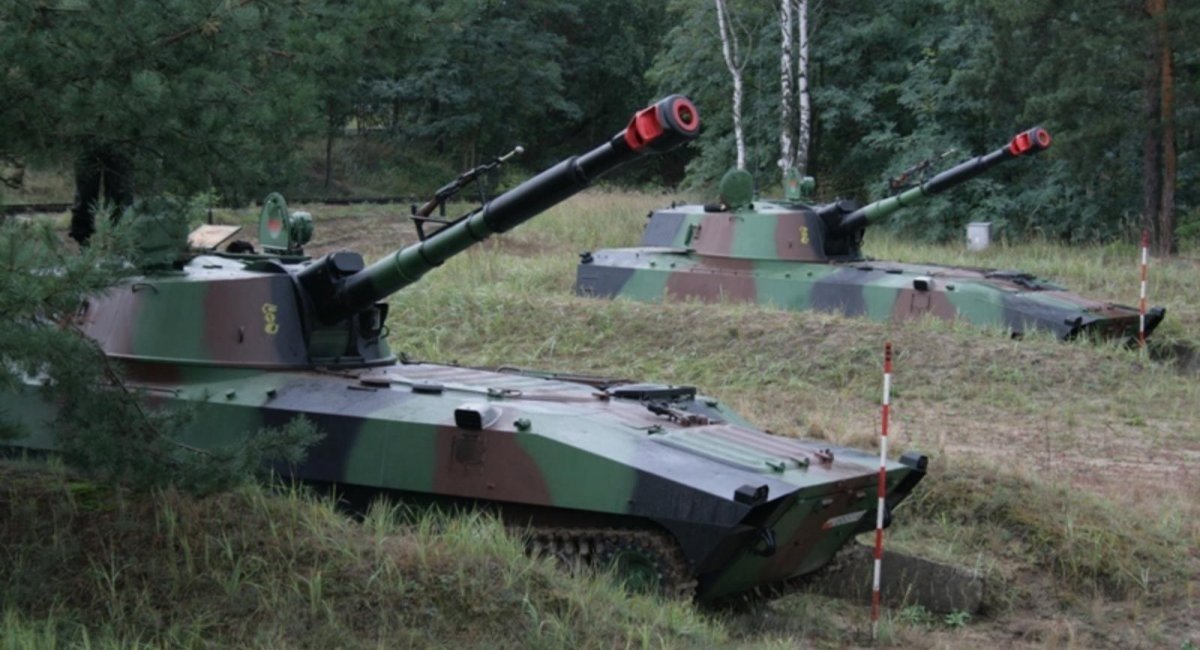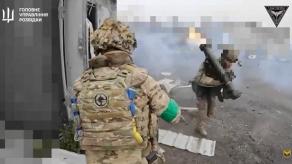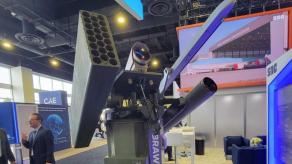In two publications, Defense24 described how the Polish defense industry during the Warsaw Pact mastered the production of first the MT-LB armored vehicle, then the 2S1 Gvozdika self-propelled gun after learning how to produce the BMP-1 under the Soviet license. The Poles decided to mention this in the context of the fact that in parallel with the production of the Krab self-propelled guns, they are also going to master the production of the Korean origin K9PL.
But this publication also shows how difficult it is in principle to organize the production of weapons even of the Soviet type. And why was the Kremlin unable to do this at the same time in order to arm the conscripts for the offensive.
Read more: Romania Sent a Pair of Mig-21 to Intercept the Kalibr Missiles: What Exactly Bucharest Could Apply to Intercept russia’s Missiles
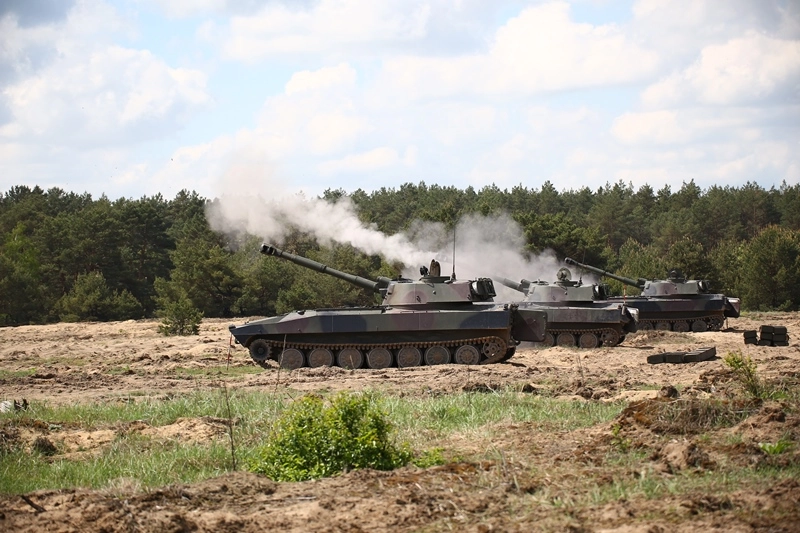
The ambitions of the Polish military for the 2S1 ranged from 260 to almost 500 vehicles in a few years. But the "Soviet comrades" said that they would be able to supply only 48 self-propelled guns of this type. As a result, Warsaw organized its own production of the 2S1 self-propelled guns, of course, under the Soviet Union license, which started in 1983.
Another necessary condition is professional management in defense enterprises, which is selected precisely according to the criterion of professionalism, not political loyalty. The manufacturer of the Gvozdika 2S1 self-propelled guns in Poland was the state concern HSW, whose management managed to ensure that only professional people, not necessarily those with a party ticket, were appointed to the leadership positions. And that the state security generally paid as little attention as possible to specialists involved in the Z-5 project (this is how the project for the production of the Gvozdika was labeled in the Polish documentation of that time).
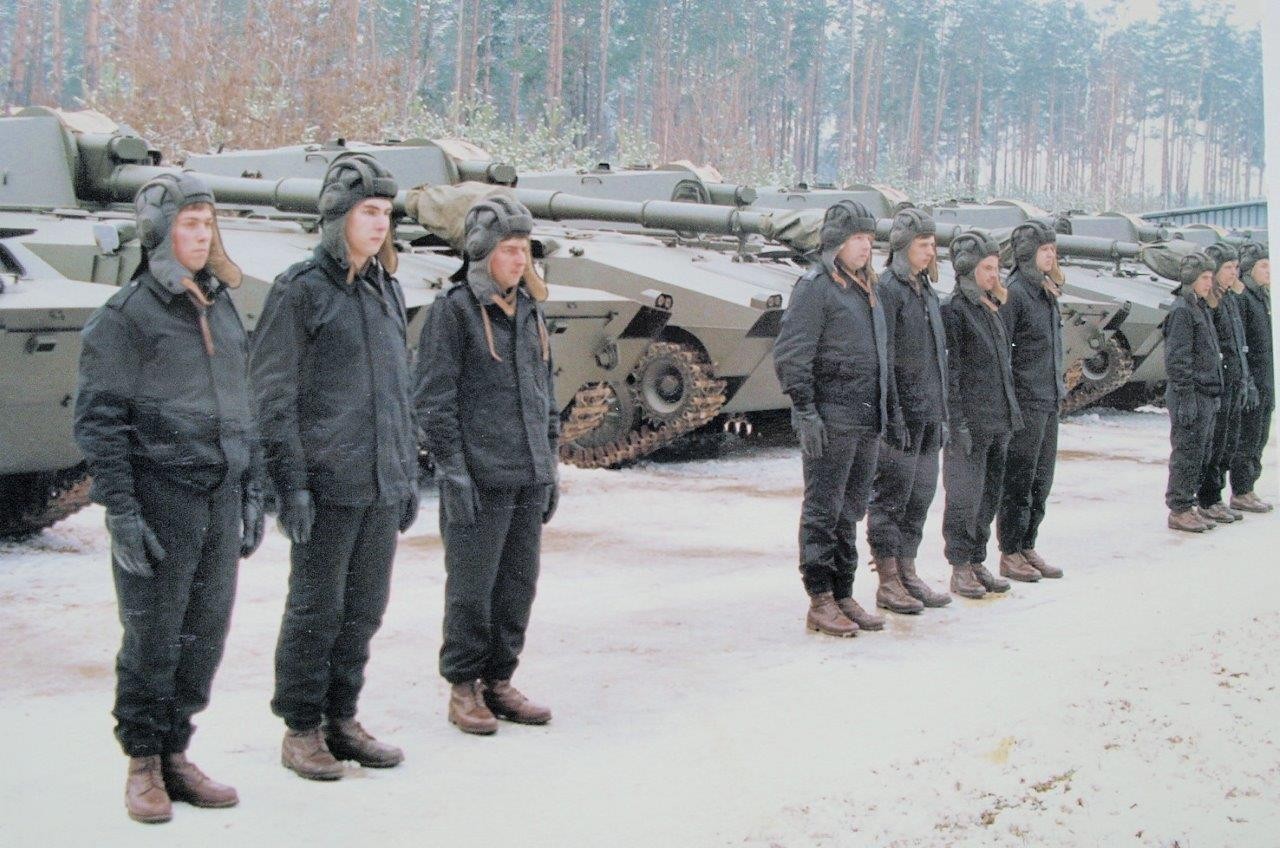
As practice later showed, the selection of people on the basis of professionalism, and not on the basis of political loyalty, helps to solve seemingly intractable tasks. For example, how to constantly interact with 240 domestic contractors and 2 foreign ones involved in the Z-5 project under the conditions of a state of emergency in the country, when movement is limited, and the top of technology was then just fax.
Or how to adapt American machines and software to manufacture tractors for the production of the 2S1. Although at the same time, Polish engineers tried to use their own experience gained during the organization of the production of the BMP-1 and MT-LB at their own facilities.
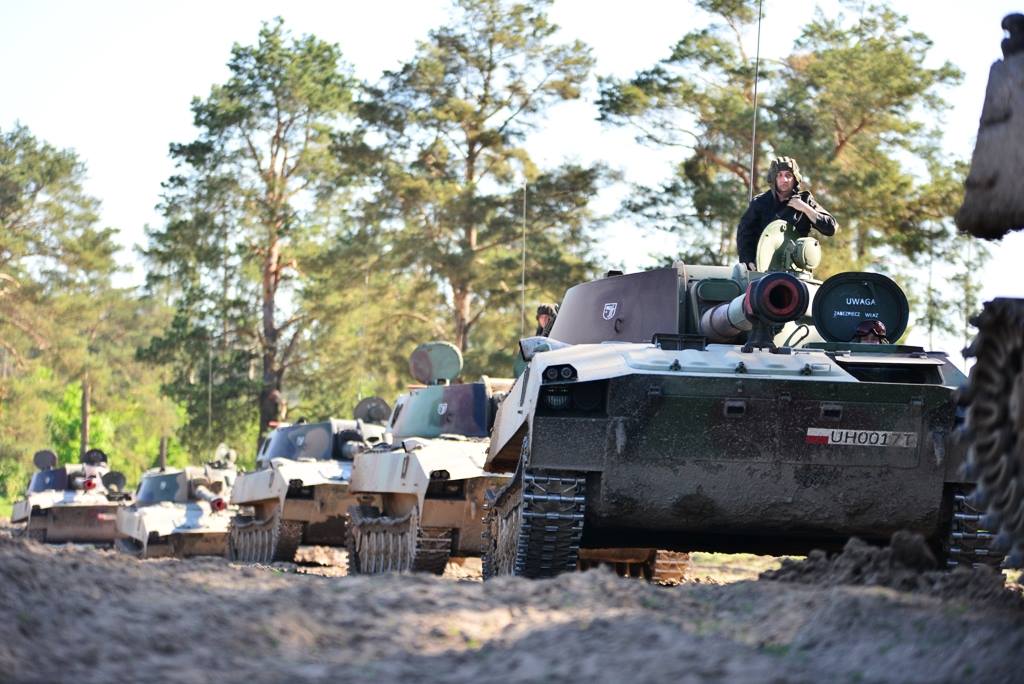
In their Z-5 project, the Poles wanted to be as independent from Moscow as possible. Therefore, they had to solve one more technological problem: how to substitute those units and aggregates from the 2S1, which under the terms of the license agreement could only be supplied from the Soviet Union.
The outcome turned out to be quite unexpected: Poland began cooperation with the Bulgarian defense industry, which in a "pirate" way began to manufacture the necessary components, and without informing the USSR. At the same time, the Poles received from the Bulgarians the components necessary for the production of the MT-LB, which Warsaw then sold for export.
The following figure shows how effective this it was: from 1983 to 1993, 602 Gvozdikas were manufactured at the facilities of the Polish HSW, of which 72 were delivered to the Soviet Union. It seems like a lot, if you compare it with the fact that the total number of 2S1 self-propelled guns produced reaches the level of 10,000 units. But if further comparing qualitative indicators, the picture becomes more colorful.
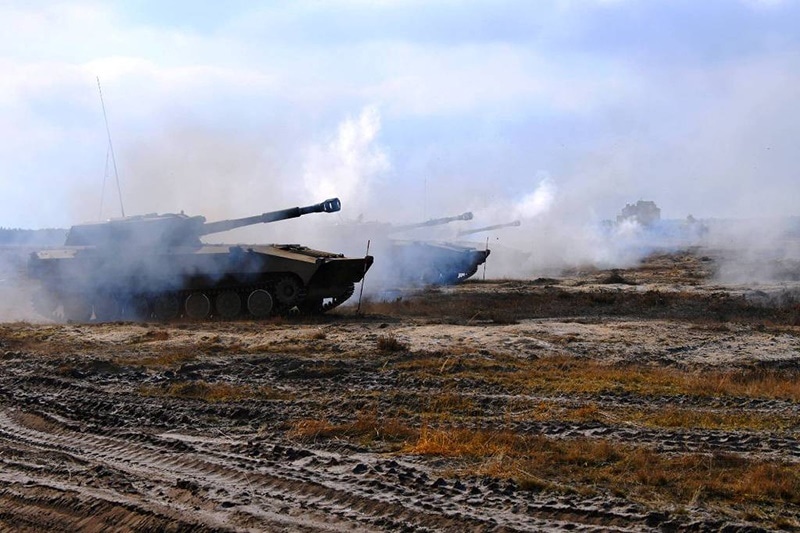
In essence, it turns out that the Polish defense industry (even at the cost of extraordinary efforts) managed to ensure the "top bar" of the Polish Army's ambitions for at least one type of weaponry. Although the Poles did not have the appropriate technological base and resources, they "outplayed" the situation by betting specifically on professional personnel.
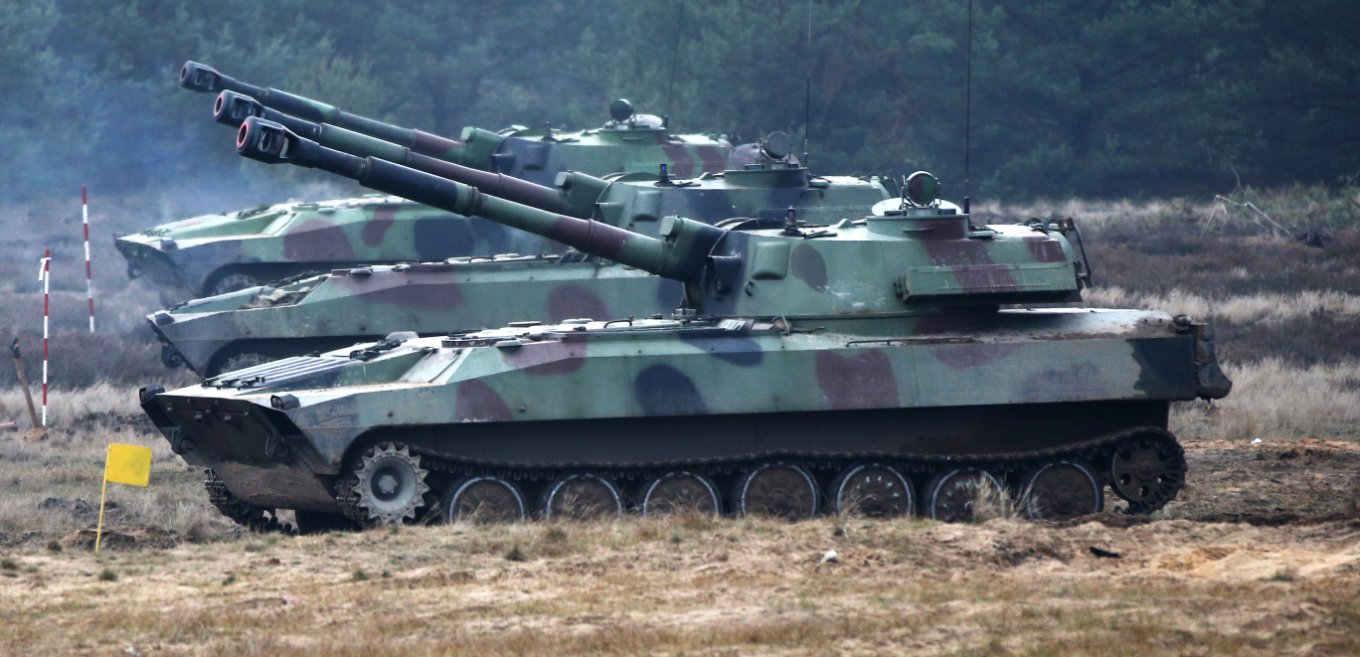
Read more: The Shahed-131 Has a Cumulative Warhead, Which Is Why It Has So Massive Consequences




